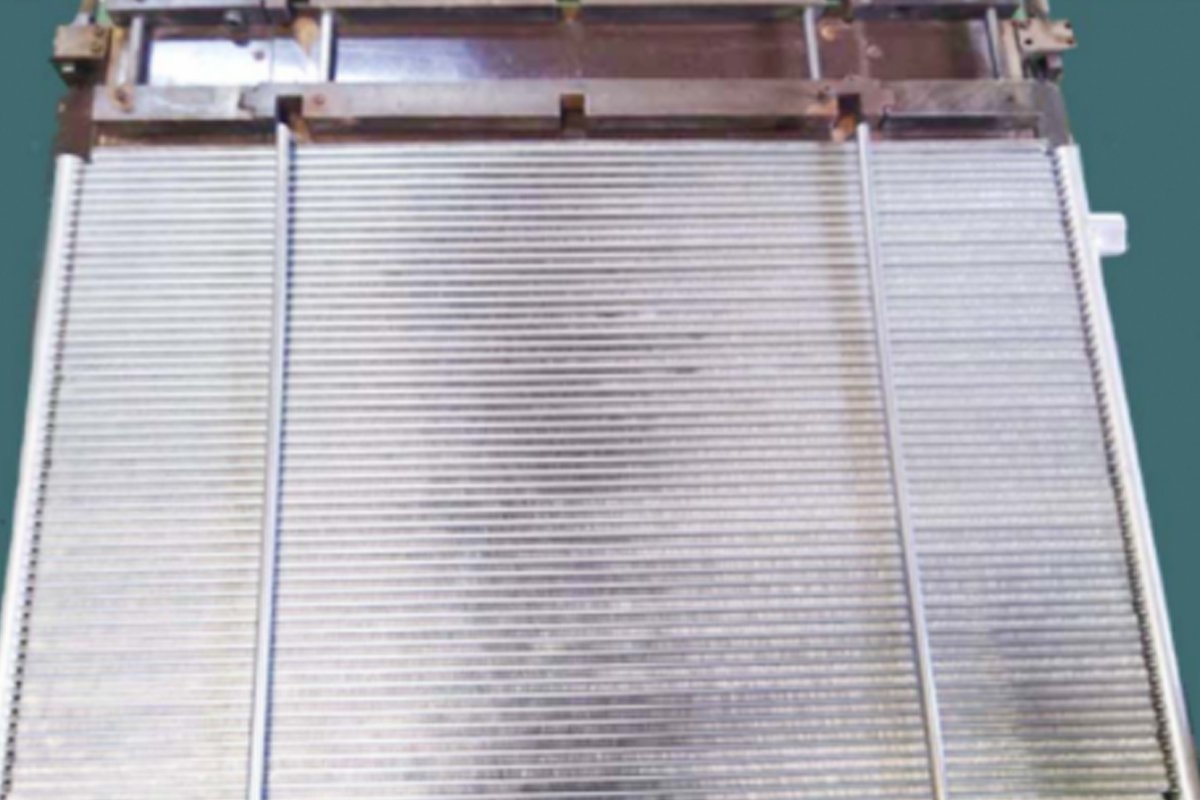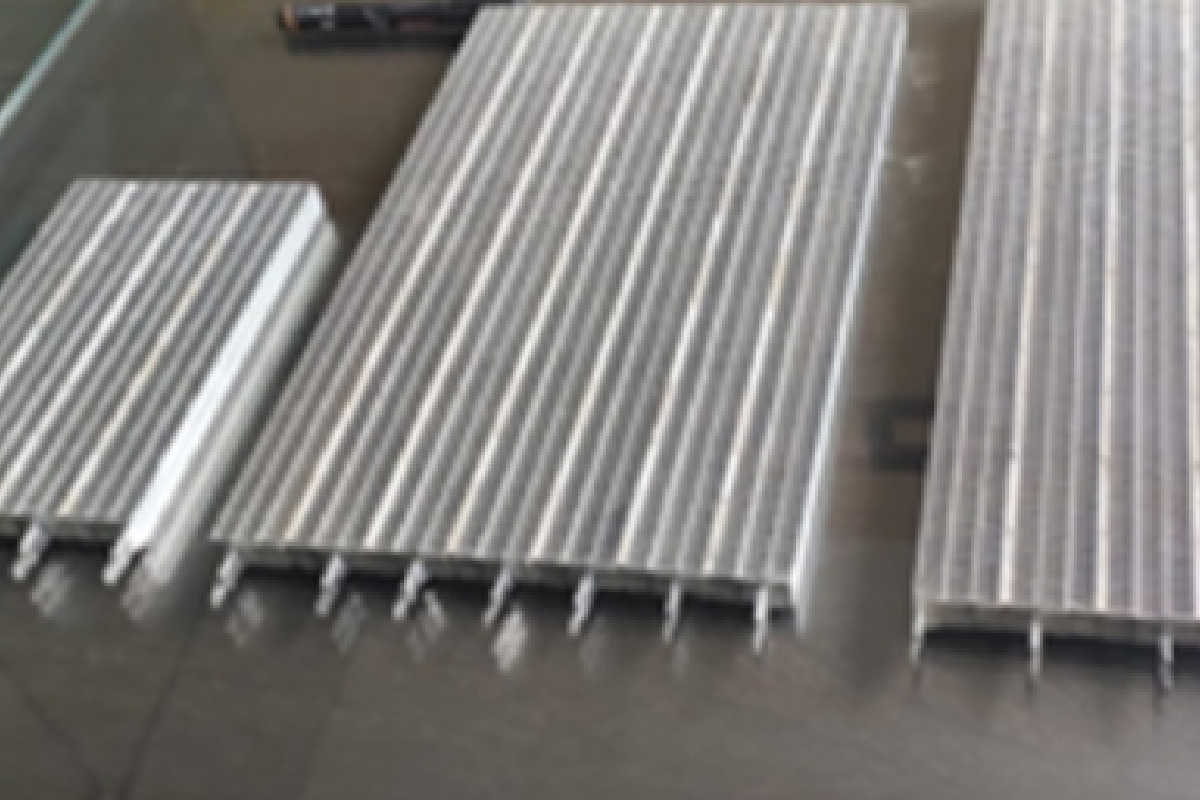Positive temperature coefficient (PTC) heaters from Narain Cooling are made of specially developed ceramic discs. These safe, energy-saving and strong heaters enable extraordinary heat production and transmission inside even the tiniest areas.
Two categories include: fin elements and honeycomb shapes, PTC heaters. While both types offer a vast array of advantages over conventional heaters, customers need to know the pros and limitations before picking which option.
The best products for products that need extra safety
PTC heating elements are self-regulating and self-limiting, which are characteristics that traditional heating elements lack but are necessary for producing reliable and safe products. The temperature of the entire heater is assumed in single-sensor regulation. Despite its widespread use, it’s a system that might result in significant inefficiencies in the way your product heats up, consuming far more energy than is necessary.
Gives best performance with high class quality
When the temperature rises, the conductive inks of PTC heating elements show a positive resistance shift. The PTC material limits the passage of current through the component when the air temperature rises. The current flow increases as the temperature drops, generating heat. Manufacturers can specify target temperature zones between which the PTC heater operates thanks to this high-performance capabilities.
While all PTC ceramic heating materials work best between -40°F and 158°F, qualified manufacturers can programme the heating device to work in a specified temperature range. PTC technology has progressed to the point where many thresholds can be specified for a single product to perform inside.
What are the uses of PTC heaters?
Transportation: PTC heaters provide the automotive and aerospace industries with a multitude of advantages. The systems provide lightweight and small means for heating the inside of the aircraft and automobiles. Anything from the heater to the heating for the seat and steering wheel probably uses PTC heaters. Heaters for PTC air.
Healthcare: As the high safety records for PTC heaters are recorded, medical staff often employ them for various purposes. In particular on operating tables, gurneys and beds, PTC and body heaters operate.
Recreational: makers of outdoor clothes can weave PTC heaters in their clothes. Their ability to run open loops, jackets, jackets, jackets, jackets, socks and gloves (without using electrical controls) means they can all be heated by PTC.

Food and drink: PTC heaters can maintain consistent foods and drinks during transportation or storage at a later time. In several stages of food processing and distribution, these systems benefit from PTC heaters: processing factories, food transports and restaurants.
Public places: PTC heaters are efficient and portable for heating outdoor spaces like restaurant patios, stadiums and convention centres. Due to their low weight and energy efficiency, they may be shifted and relocated as weather and requirements change.
Why are PTC heaters considered better than traditional heaters?
PTC heaters meet at the intersection of safety and efficiency to deliver heating more homogeneous than traditional heating methods. Its intrinsic self-regulatory nature reduces the problem in the field and reduces the cost of guarantee. Ten advantages are here in comparison with standard fixed strength heaters for PTC heaters –
- Improved safety – all failure modes and dangers connected with resistive wire, gravel film and carbon fibre heaters are excluded from the PTC heaters. The PTC substance is a sensor of its own, which eliminates the possibility of overheating.
- Uniform heating – Each point on the PTC heating area keeps its designed temperature independently.
- Low power consumption – At cooler temperatures, PTC heaters utilise maximum power to achieve the threshold temperature quickly. Once in a constant condition, they require less power than standard heaters and ultimately save more energy for the whole period.
- Better strength and durability – PTC heaters, such as folding, plugging and percing may withstand mechanical damage. They are also water, chemical and corrosion resistant, resulting in higher durability and longer life.
- Flexibility of design – PTC heaters with customised hole and cutout can be made in endless forms and sizes. For vast areas of heating requirements they can be connected in parallel.
- No electronic controls—The heater automatically controls its designated temperature threshold so that any diagnostic components or external control units are wiped out.
- Thin and light – PTC heaters can be as thin as 0.005″ therefore they are space-saving. Its thin design makes it lighter and more flexible than silicone heaters.
- Environmentally friendly — While the subtractive manufacture of etched-foil heaters calls for acidic baths, there are no dangerous chemicals in the manufacturing process of PTC thermals.
In short, PTC heaters from Narain Cooling will always become a clear winner when it comes to safe and efficient heating solutions. Because of the many advantages they bring, PTC heating systems are ideal for many industries, including automotive, aircraft and wearables. We shall have a look at the uses of this heating technology in the following blog post.

